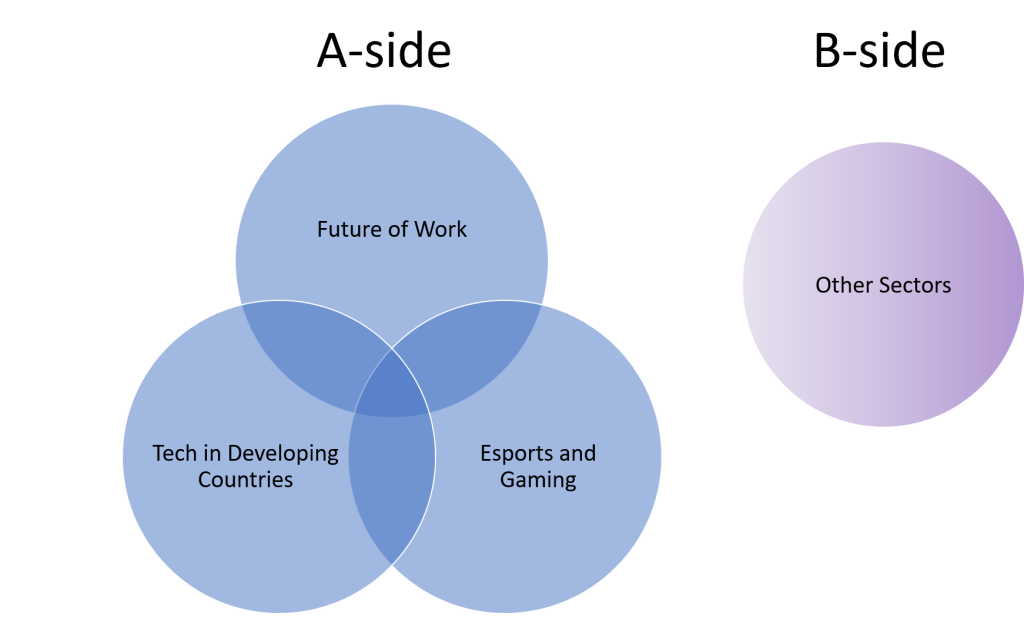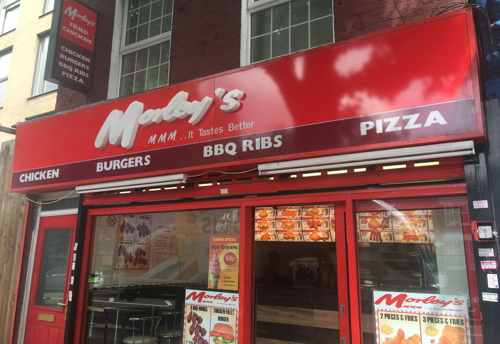This is the sixth experiment that took place a few months ago. In this experiement I came up with the concept of ‘L1R1 Comics’ – which are personalized children’s comics, which feature characters from their favourite games. I’m fortunate to be around a lot of Gen-Z kids – from neices, nephews, cousins, mentees and so on. So this idea came from talking to that audience, plus my knowledge of what is going on in the culture and tech startups.
Gaming x Comics
Two genres which are closely aligned . One worth $1.1 Billion (Comic Books), the other worth $152 Billion (Video Games). Children’s comics have surpassed superhero comics in 2019 as the most popular type of comic book. However, the comic book industry has taken a hit due to the COVID-19 pandemic.
Gaming is the most popular form of entertainment in the world. What was once dismissed as a pointless hobby even 10 years ago is now in the mainstream. Esports, also known as competitive gaming, has seen a lot of growth over the past few years. However most revenue is still coming in from sponsorships – so businesses are always looking for new revenue streams.

Both industries can learn from each other – comics can be more personalised like games (such as Fortnite). Gaming (and especially esports)
companies will benefit from another revenue stream.
Solution
L1R1 Comics will provide comics that appeal to those interested in gaming
We will partner with video game publishers to produce personalised comics based on your favourite games in addition to creating original material.
Behind the comic books is a tech platform where people can enter their personalised details (real name, gaming name, personalized message, hobbies), which we use to create our own multiverse – different stories and narratives.
Unlike SportStar Books, Wonderbly or other similar businesses, L1R1 is aimed at stories around gaming.

Idea Validation
The whole idea of a personalized gaming comic would involve a story based around the person’s favourite game. Bear in mind that the comic books are for children, so the games would be the likes of Pokemon, Fortnite and other popular games. Therefore I needed to reach out to the someone responsible for partnerships at Epic Games, The Pokemon Company and so on. I searched on LinkedIn and searched for who I thought was the right person. Often I would contact the junior employee or even the wrong person, to lead me in the right direction.
When I finally got through to the right person, I would send a pitch deck (which I created on Canva) in an email and await feedback. Most seemed happy about the idea but there are processes which prevent partnerships on art. For example, this was a response from the The Pokémon Company International, Inc:
______________
Hi Jason
Your idea of personalized comics sounds like a lot of fun – unfortunately we are not allowed to manipulate the stories of our animation in this way. Also I’m not sure if you are proposing original art for these, but that is also not allowed for us – our artwork comes specifically from Japan.
I’m sorry not to have better news here! I wish you all the best with your endeavor.
Best,
_______________
And it was here that L1R1 Comics hit a brick wall. At just concept level, there was no leverage to use to partner with these companies. Therefore that would be the end of the experiment
There are other alternatives to this concept. Instead of games like Pokemon, Fortnite etc, there could be personalised books which include a favourite esports team, or YouTuber (since 1 in 3 Gen-Z and Millenials want to be YouTubers or social media influencers). With the right model and niche, the idea could bring in regular income.
However, taking a look at competitors on Companies House and others that I know have closed down recently – success in the publishing industry (which includes personalised books) – is a very tough one to sustain.
Outcome
Experiment status: Ended
Reason: Unable to partner with key stakeholder requied.
Duration of experiment: 2 months
Cost: £0














